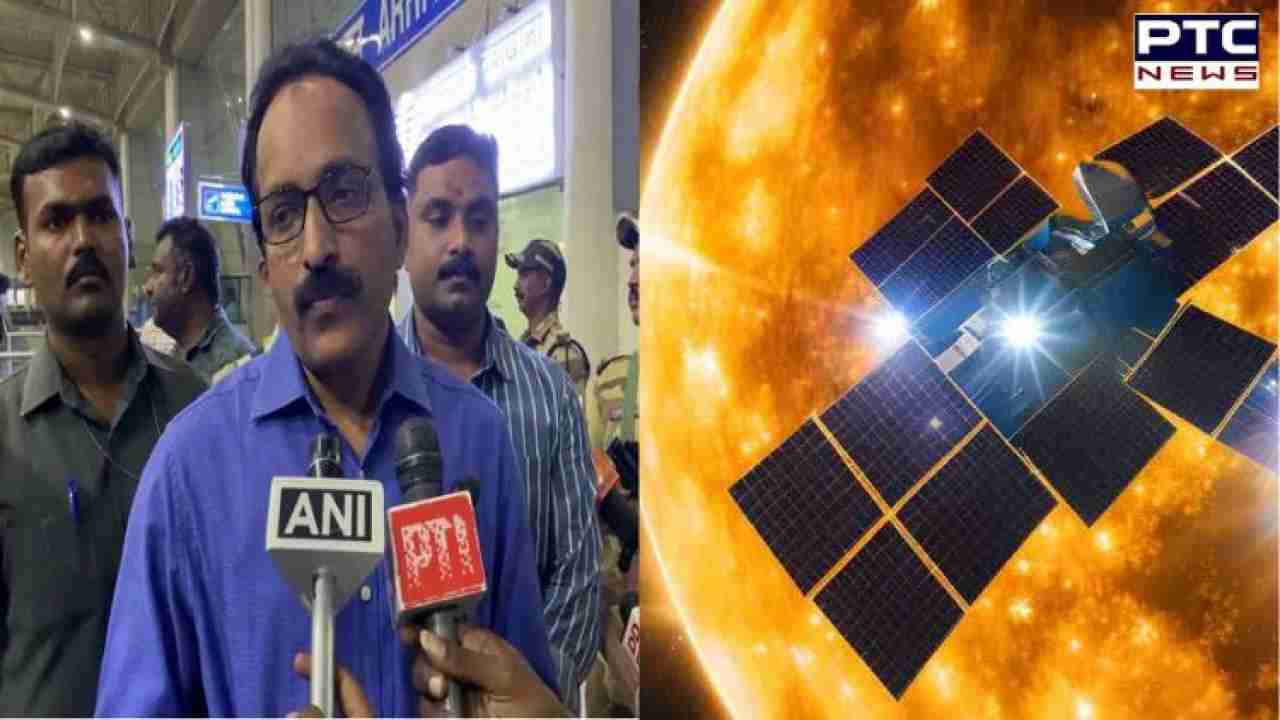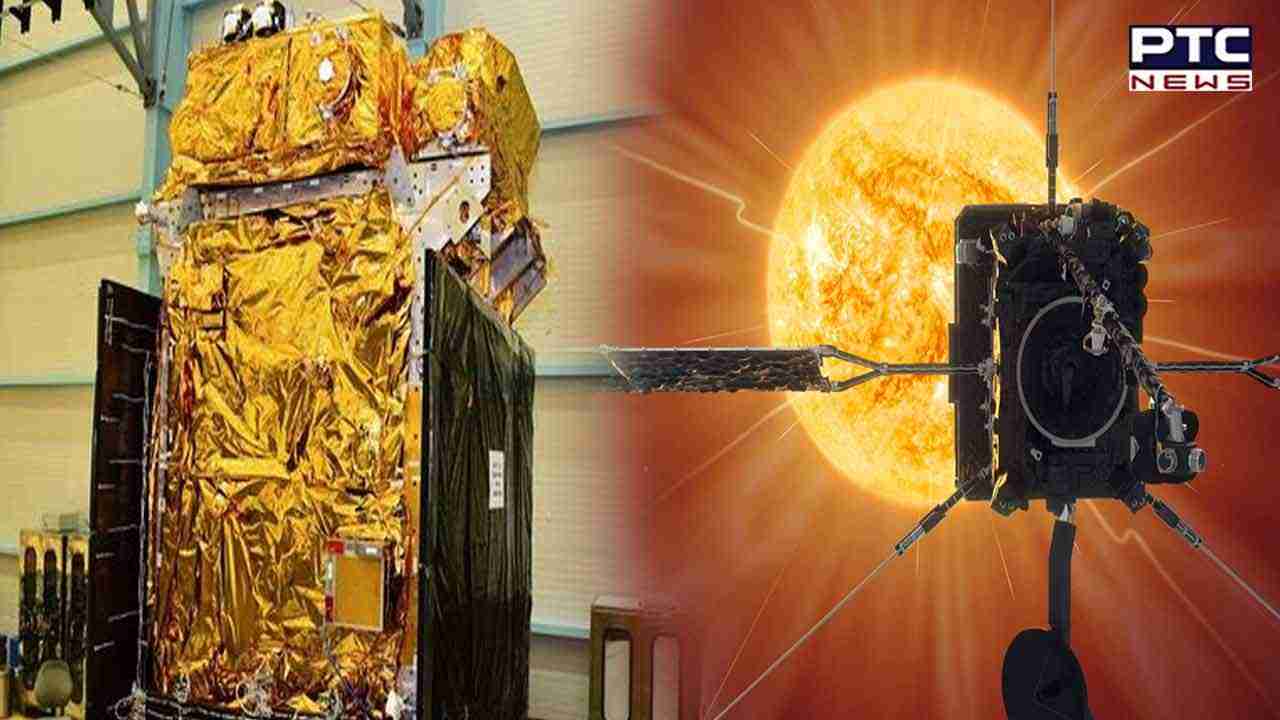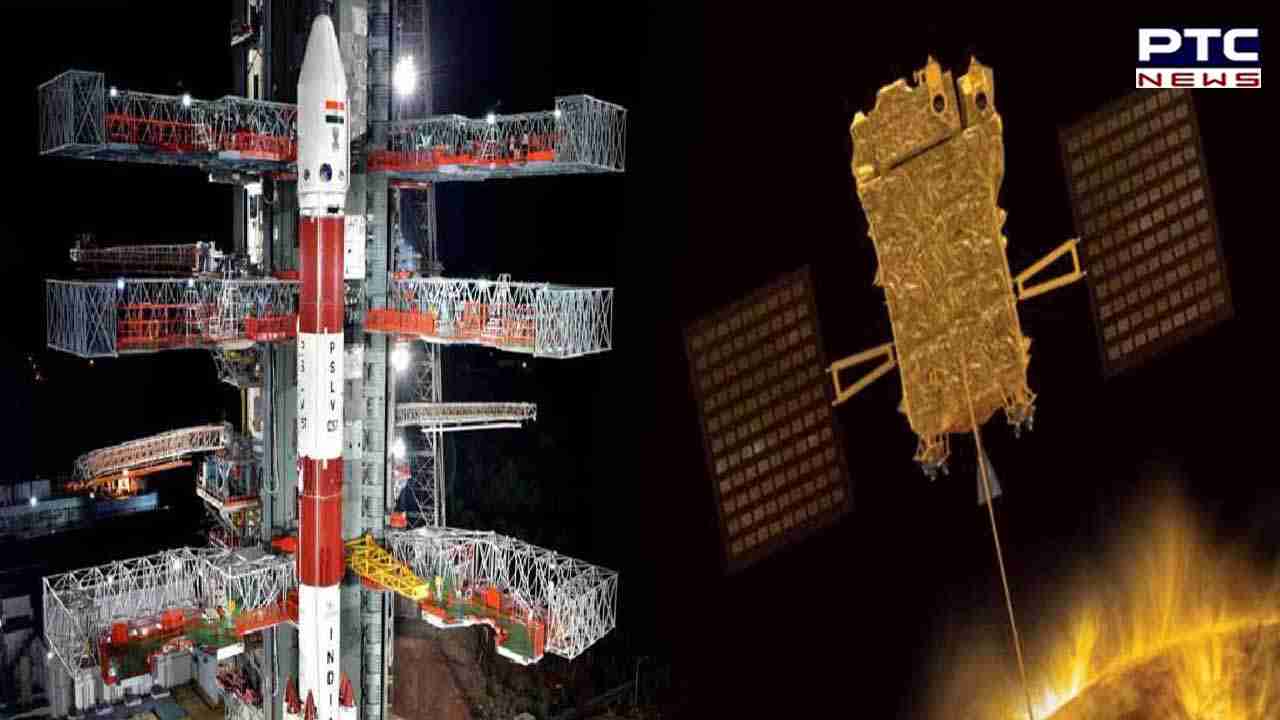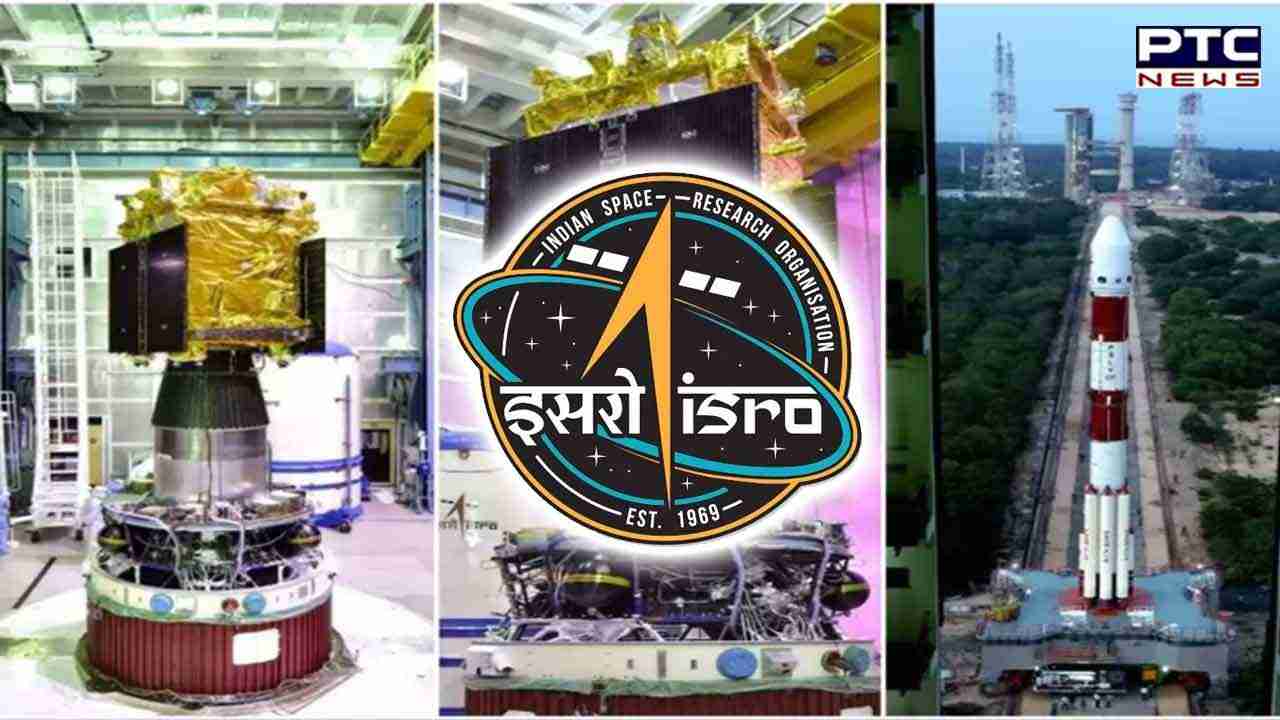

Aditya-L1 mission: Spacecraft to reach Lagrange Point 1 by mid-January, check details
Aditya-L1 mission: India’s much-anticipated ISRO’s solar mission Aditya-L1 also known as India’s first space-based Indian observatory to study the Sun to reach the Lagrange Point 1 (L1) by mid-January.
Calling Aditya-L1 mission as a big orbit, Chairman of the Indian Space Research Organisation, Somath said, "It is working very well... Currently, it takes almost 110 days to travel from Earth to the L1 point. So by the middle of January, it will reach the L1 point. Then at that point, we will do the insertion into the Lagrange Point. That is called the halo orbit. It's a big orbit. So that will happen by the middle of January."
Tamil Nadu: On the Aditya-L1 mission, ISRO chief S Somanath says, "It is working very well... Currently, it takes almost 110 days to travel from Earth to the L1 point. So by the middle of January, it will reach the L1 point. Then at that point, we will do the insertion into the… pic.twitter.com/YO0k7dRZWM — ANI (@ANI) October 14, 2023
In addition to Aditya-L1 mission, the ISRO Chief also spoke about the 'Gaganyan' mission.
"Test Vehicle-D1 mission is scheduled for October 21. This is the Gaganyaan program. The Gaganyaan program requires testing, demonstrating the crew escape system. The crew escape system is a very critical system in Gaganyaan. If anything happens to the rocket, you have to save the crew by moving the crew away from the exploding rocket at least by two km. So this test is to demonstrate the crew escape system in one condition of the flight. So this condition we are demonstrating is called the Transonic condition...", Somnath said.
" Every month we will have at least one launch. After this test vehicle launch, we have GSLV. Then we have SSLV. Then after that, the Gaganyaan unmanned mission will be there. In between there will be a PSLV launch. So before January, you will see at least 4-5 launches", he added.

It is worth mentioning that after the successful soft landing of a remarkable chapter in the nation's history, with the Chandrayaan-3 Vikram Lander accomplishing a successful touchdown on the Moon, now Indian Space Research Organisation launched the country's maiden solar mission -- Aditya-L1 from the Satish Dhawan Space Centre in Sriharikota on September 2.

The spacecraft carries seven payloads to observe the photosphere, chromosphere and the outermost layers of the Sun (the corona) using electromagnetic particle and magnetic field detectors.

Aditya-L1 represents India's inaugural solar space observatory and propelled into space by the PSLV-C57. It will transport seven distinct payloads, enabling an extensive examination of the sun. Among these instruments, four will focus on observing solar light, while the remaining three will measure in-situ parameters related to plasma and magnetic fields.
This strategic location will enable Aditya-L1 to continuously observe the sun without being hindered by eclipses or occultation, allowing scientists to study solar activities and their impact on space weather in real time.
- With inputs from agencies
